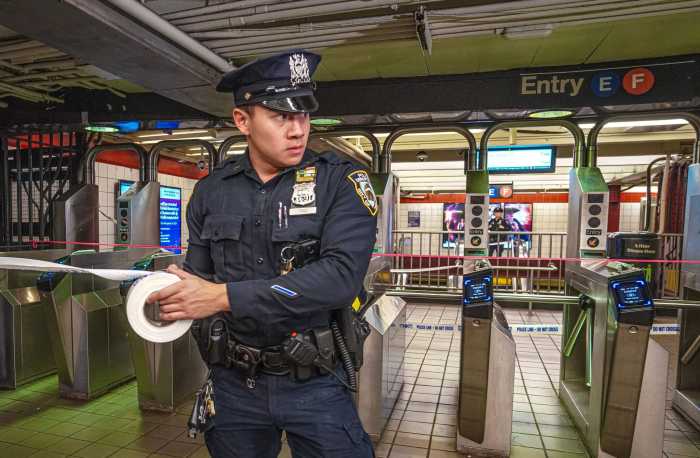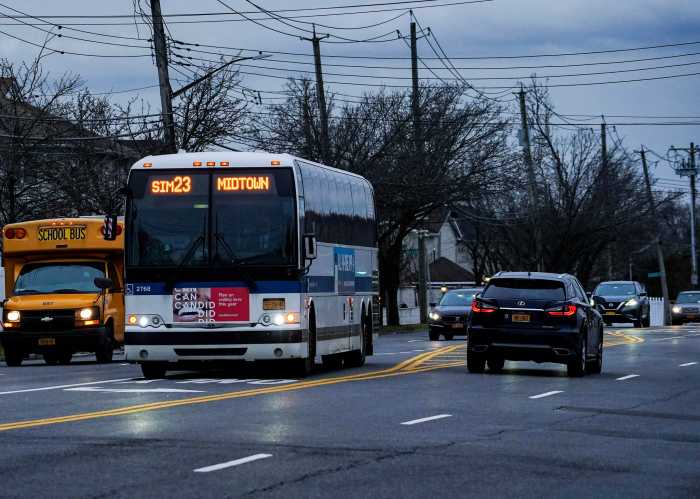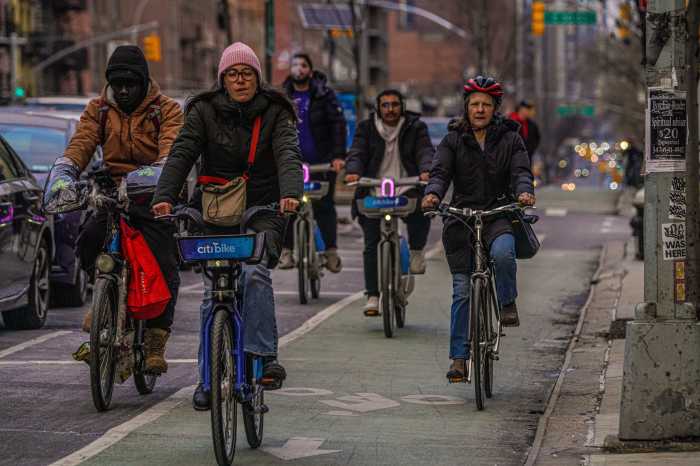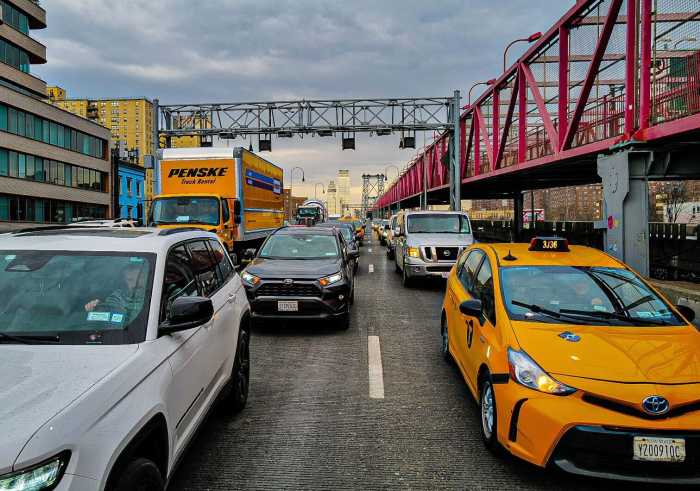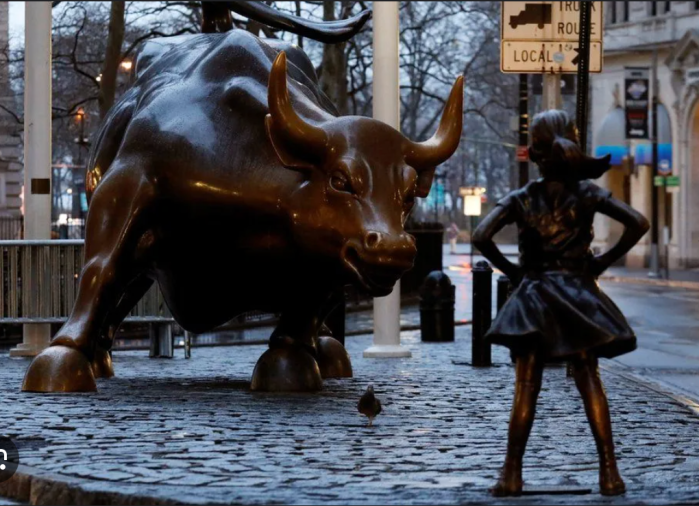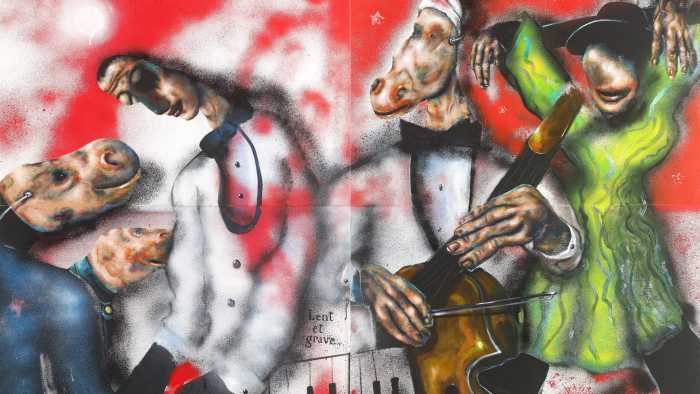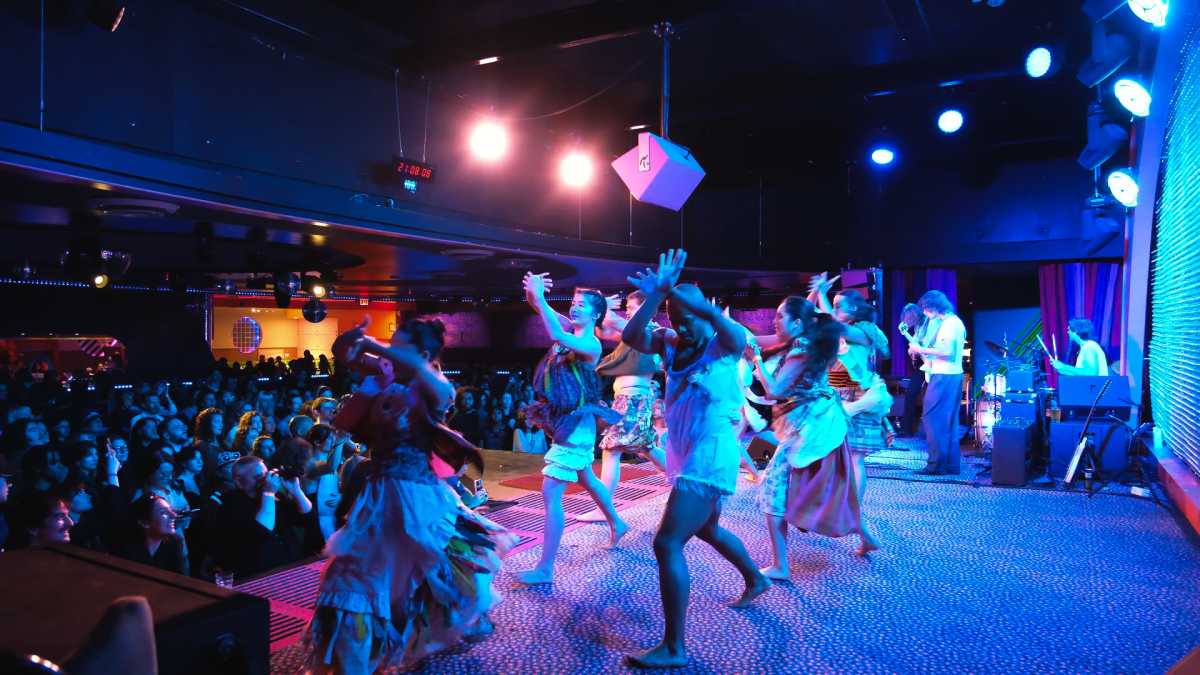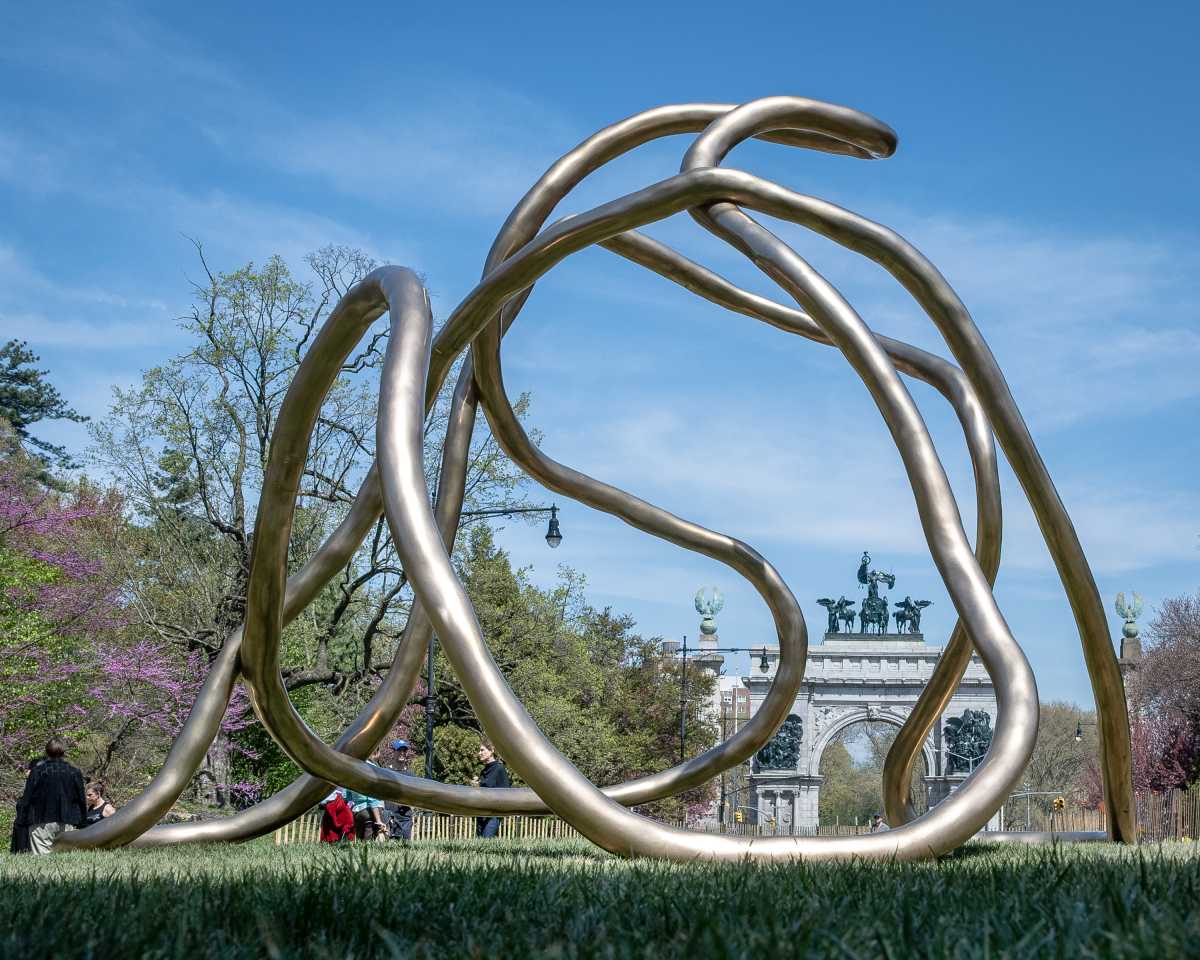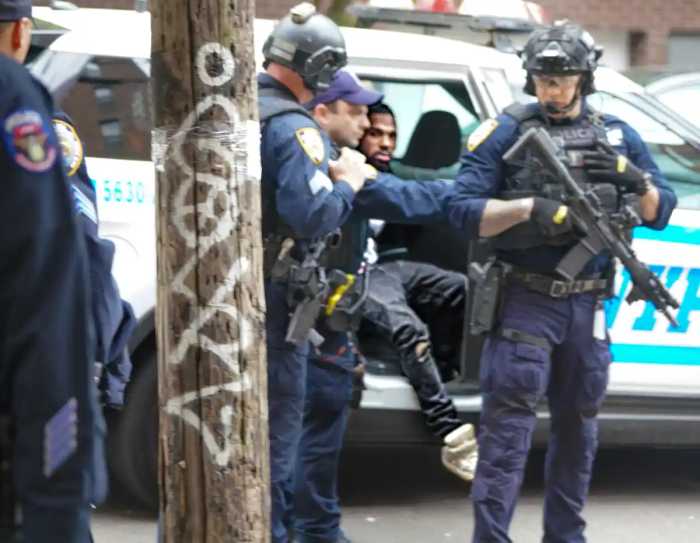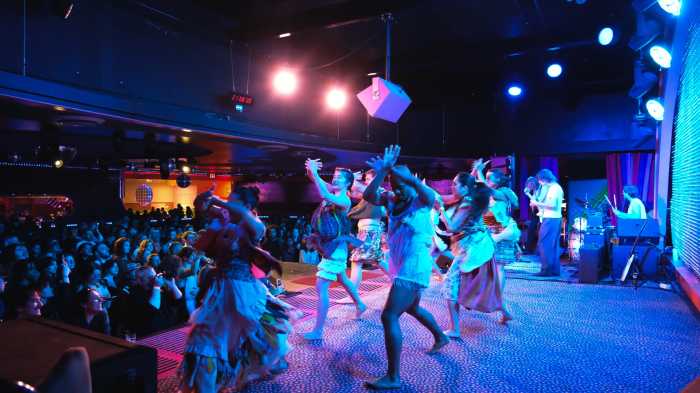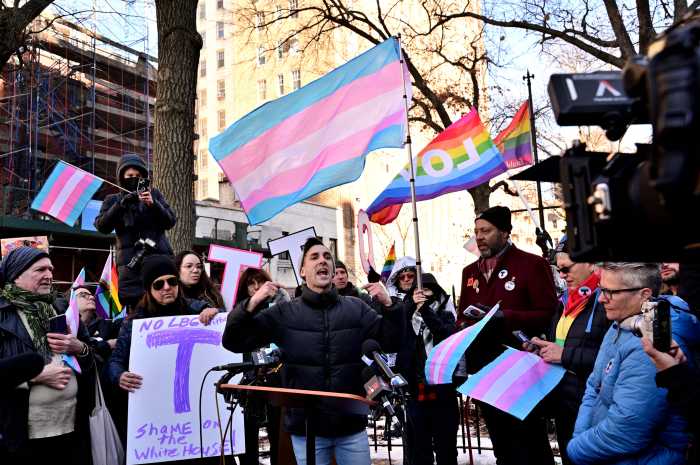-
 City bus ridership has plummeted in recent years. The MTA shed 46 million bus passengers between 2010 and 2015, according to a recent city report. Beholden to the whims of drivers on clogged city streets, transit experts believe the city needs to do more to ensure buses can cut through congestion. While some bus lanes are photo enforced in New York, South Korea has gone further to protect its bus lanes. In cities like Seoul, buses are equipped with cameras that photograph license plates of drivers caught blocking their lanes.
City bus ridership has plummeted in recent years. The MTA shed 46 million bus passengers between 2010 and 2015, according to a recent city report. Beholden to the whims of drivers on clogged city streets, transit experts believe the city needs to do more to ensure buses can cut through congestion. While some bus lanes are photo enforced in New York, South Korea has gone further to protect its bus lanes. In cities like Seoul, buses are equipped with cameras that photograph license plates of drivers caught blocking their lanes.
San Francisco has also utilized forward-facing cameras. After a pilot in 2008, all city buses are now equipped with the technology. So if a bus has to weave around an illegally parked vehicle, the car owner is fined $110. “People will ride transit if it’s fast, reliable and frequent,” Orcutt said. “We have good frequency in New York, but we need to improve speed and reliability — that means clearing a path for buses.”
” data-id=”112383429″ data-link=”https://amnewyork.wpengine.com/wp-content/uploads/2019/10/14251_image.jpg” class=”wp-image-1.12383429″/>
Photo Credit: Getty Images / iStockphoto / Vincent St Thomas
No city moves people through the night quite like New York. The 24-hour city has the best 24-hour transit network.
But building on that network starts with borrowing from other cities. Citi Bike and bus lanes are two notable, recent examples of foreign transit ideas imported from Europe.
“New York is not its own planet,” said TransitCenter Spokesman Jon Orcutt, who served as the policy director at the city’s Department of Transportation when the agency moved to implement the bikes and the lanes.
“We can learn things from other places and apply those lessons here,” he continued. “It’s really just about making something a priority and bringing a problem-solving approach to enact it.”
Other cities, like Copenhagen, are shining examples of better bike and bus infrastructure. London leads with transit tech. Here are some of the best ideas from around the world.



